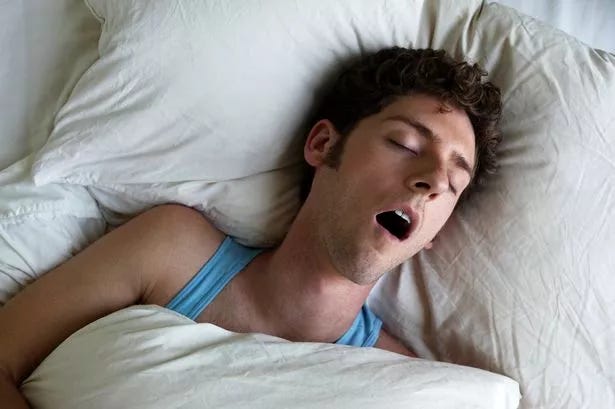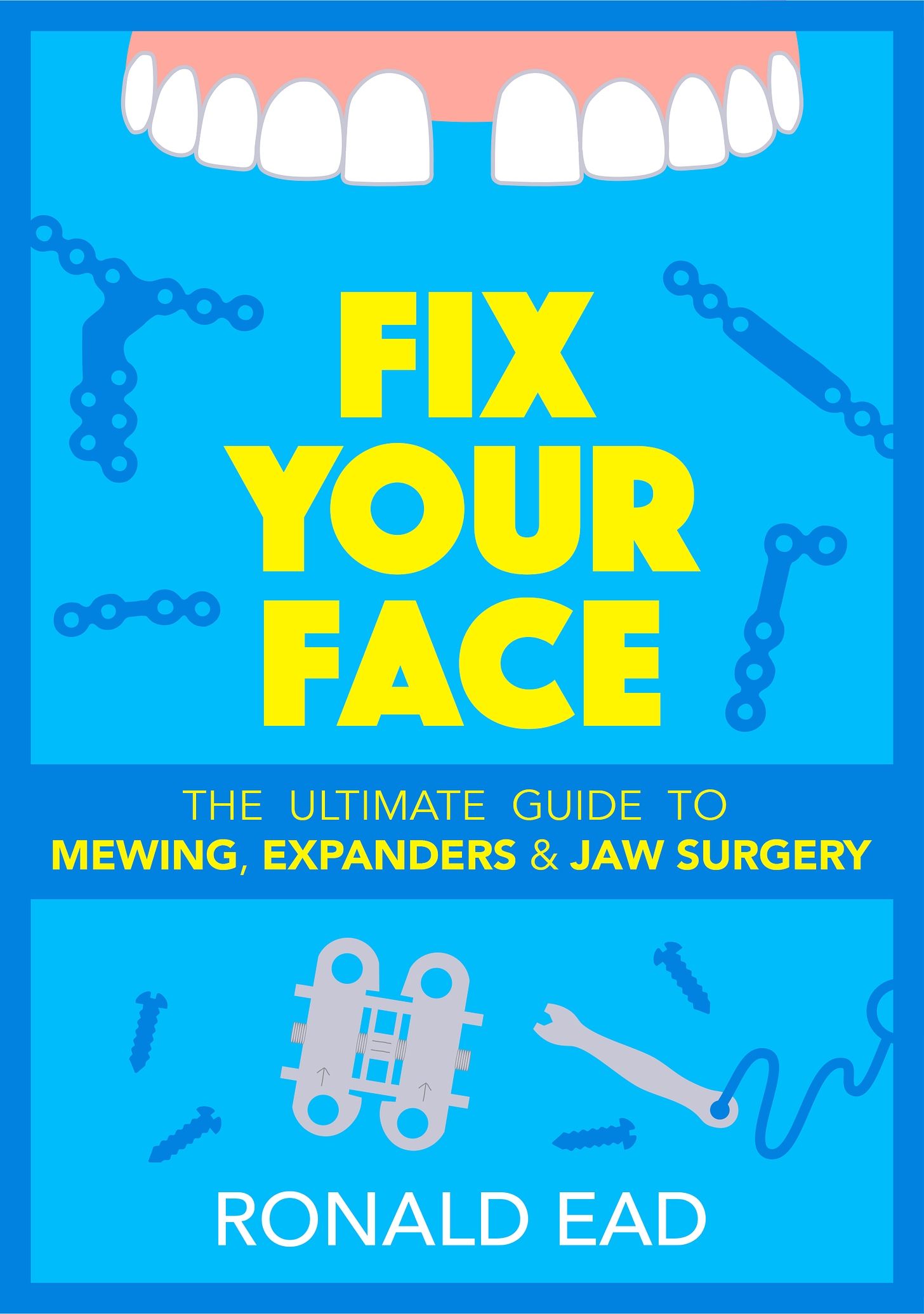This is Chapter 3.5 of the JawHacks ebook. See the full Table of Contents here.
Why Sleep Posture Matters

Sleep posture is by far the most neglected aspect of sleep apnea and UARS treatment. No one talks about it, and yet it is the single most important lifestyle variable that we can control in our effort to keep the windpipe open after we go unconscious.
A person sleeping inclined and on his side might have zero sleep disordered breathing.
But flatten his bed and put him in supine (face up) and boom—his AHI goes to the moon.

Sleep quality changes directly with sleep posture, and yet very few put the effort into cracking the riddle of what is the sleep position most conducive to keeping the windpipe open.
So what is the perfect sleep posture? Let’s break it down step by step.
On Your Back and Face to the Side

One thing is clear: those with small jaws cannot sleep face up. When you are face up, gravity pulls the tongue and mandible into the throat. And the throat is a major part of the airway.
Rare individuals with caveman jaws might have enough oral integrity to get away with sleeping face up.
But not any of us. Even with mouth tape, the tongue and mandible can still fall back.
So, for starters, we must find a way to aim our face to the side so gravity pulls the tongue and mandible to the side instead of into the throat.
Given this, the conventional wisdom is to simply sleep on your side.
But many people find that it is impossible to remain on their side throughout the night. The body refuses, and will stubbornly keep rolling onto the back over and over, even if it leads to airway obstruction.





